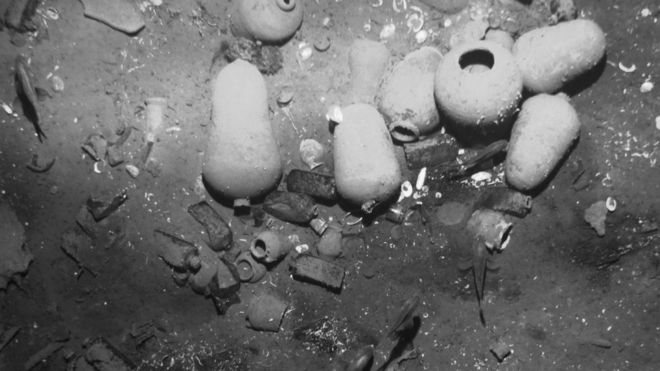Britain Did Not Steal the Kohinoor Diamond says Indian Government
/Day before yesterday, for the first time the Indian government said that Britain did not steal the famous Kohinoor diamond.
The 105-carat Kohinoor diamond, which is part of the British crown jewels, sits in the Tower of London. The stone has been a point of controversy and disagreement between India and Britain ever since it was taken from the Punjab and presented to Queen Victoria in 1849. India’s top court held the hearing as a response to a public petition calling on New Delhi to spell out its policy on the gem.
This long standing dispute appears to be at an end as of April 17th when India’s solicitor-general told a judge that, in the opinion of the culture ministry, the diamond had not been “forcibly taken” but was a gift."Kohinoor cannot be said to be forcibly taken or stolen as it was given by the successors of Maharaja Ranjit Singh to East India Company in 1849 as compensation for helping them in the Sikh wars," said Ranjit Kumar.
The massive Kohinoor diamond is thought to have been mined in southern India in the 1300s. Over the centuries it changed hands many times passing from Mughal emperors, Afghan warlords and Indian Maharajas. Because of the tragic and bloody fates of previous owners the Kohinoor, which means Mountain of Light, came to be feared as “cursed”. The 105 carat jewel was in the possession of the rulers of Punjab's Sikh Empire when the Anglo-Sikh wars broke out in the late 1840s.
The jewel was in the possession of the rulers of Punjab's Sikh Empire when the Anglo-Sikh wars broke out in the late 1840s. The East India Company, acting for the British Crown, aided the Maharaja in securing victory and the Maharaja subsequently presented the diamond as compensation under the Treaty of Lahore. The diamond now adorns the queen consort’s crown.
At the court hearing Mr. Kumar cited a 43-year-old law that does not allow the government to bring back antiquities taken out of the country before independence unless they were illegally exported. The reason for the apparent reversal in position was not immediately clear, although Mr Kumar told the court that if India claimed treasures like Kohinoor from other countries, “every other nation will start claiming their items from us”. Pakistan has also argued ownership of the diamond, saying that the area of the Punjab where the jewel was taken from is actually in present-day Pakistan.
Mr. Kumar's statement is quite similar to comments made by David Cameron during a visit to India in 2010, when he was asked if Britain would ever return the gem. Britain has always maintained that the diamond was "legitimately acquired”, and its ownership "non-negotiable." "If you say yes to one you suddenly find the British Museum would be empty,” said the Prime Minister. "I think I'm afraid to say, to disappoint all your viewers, it's going to have to say put."
The solicitor-general's comments were criticized by many Indians. “The Kohinoor is the essence of the country. They should bring back to India, it is the responsibly of the central government” said Anthony Raju of the All India Human Rights & Social Justice Front, an NGO. “This jewel has been taken by the British people. It was looted, not gifted. Maybe it’s just too difficult for the government to get it back.”
The Kohinoor diamond, set in the Maltese Cross at the front of the Queen Mother's crown CREDIT: ROYAL COLLECTION TRUST

















